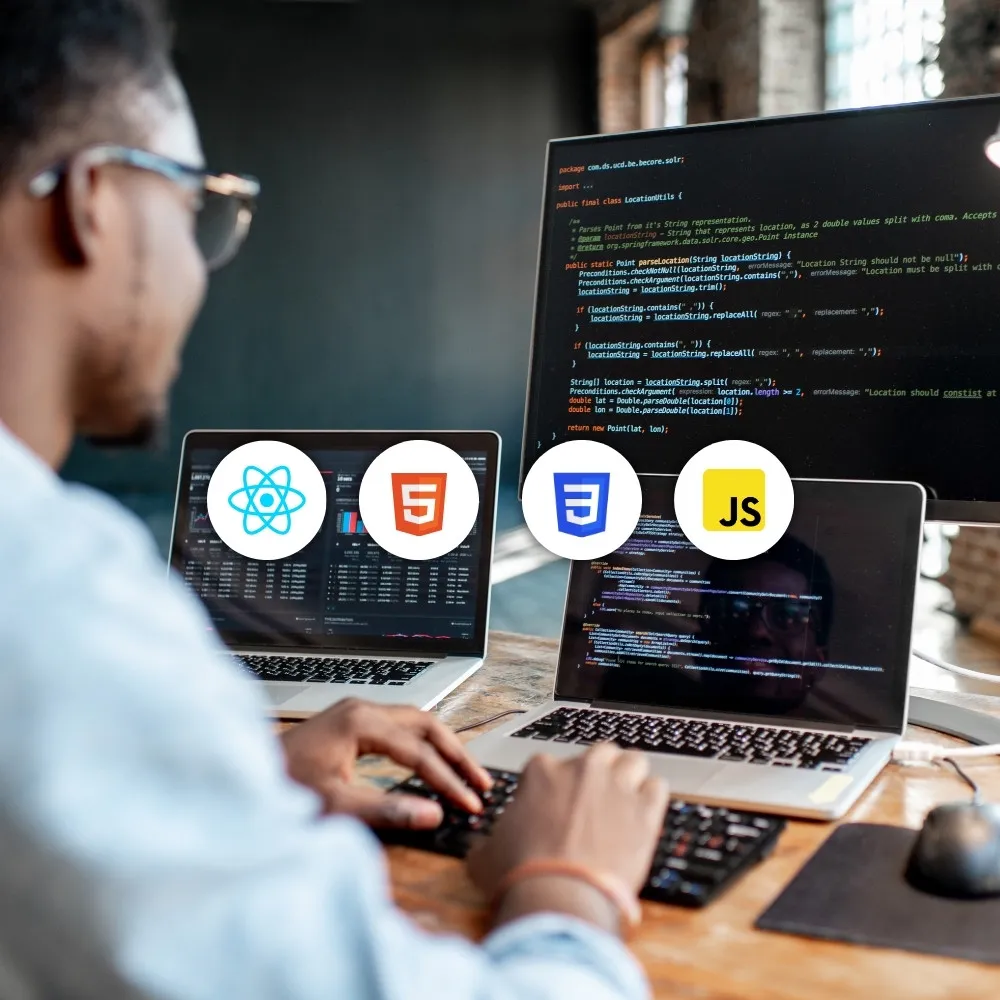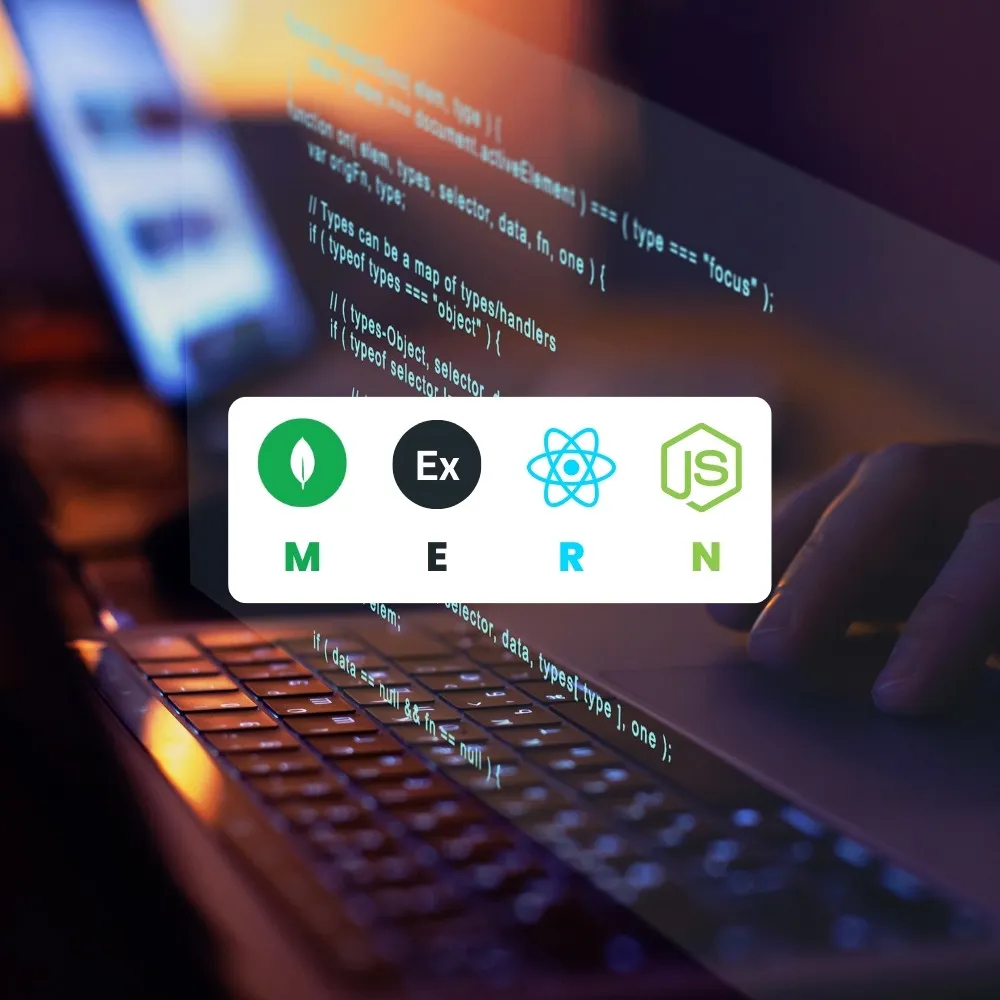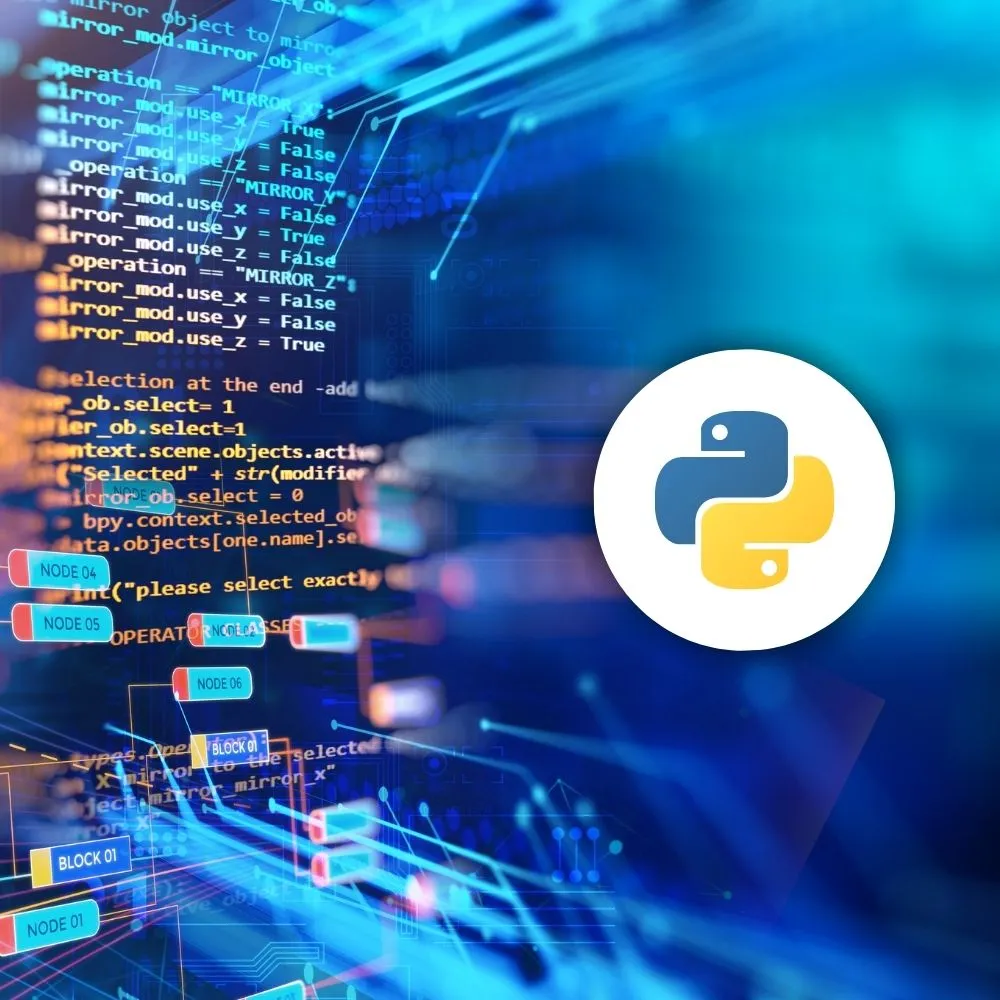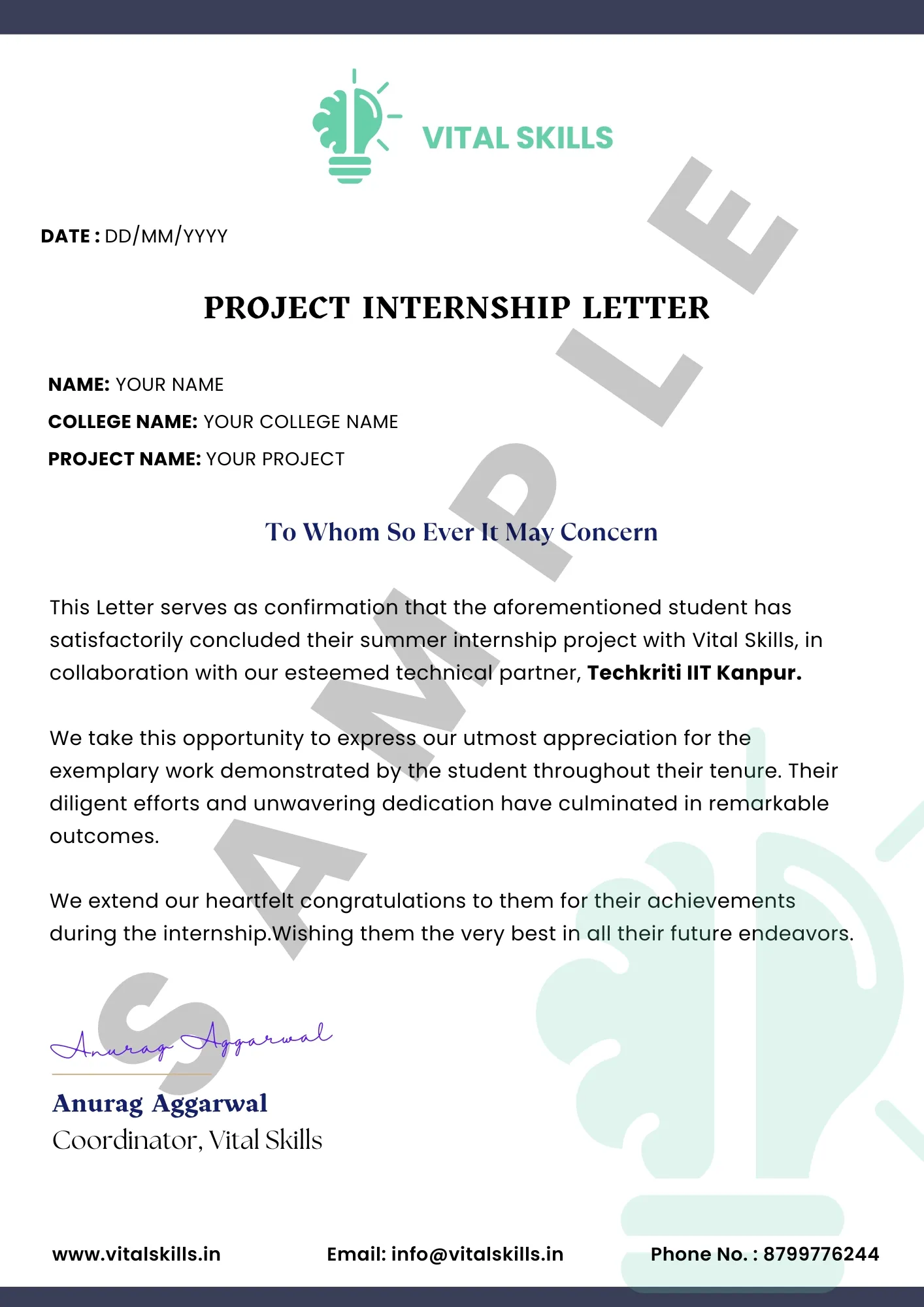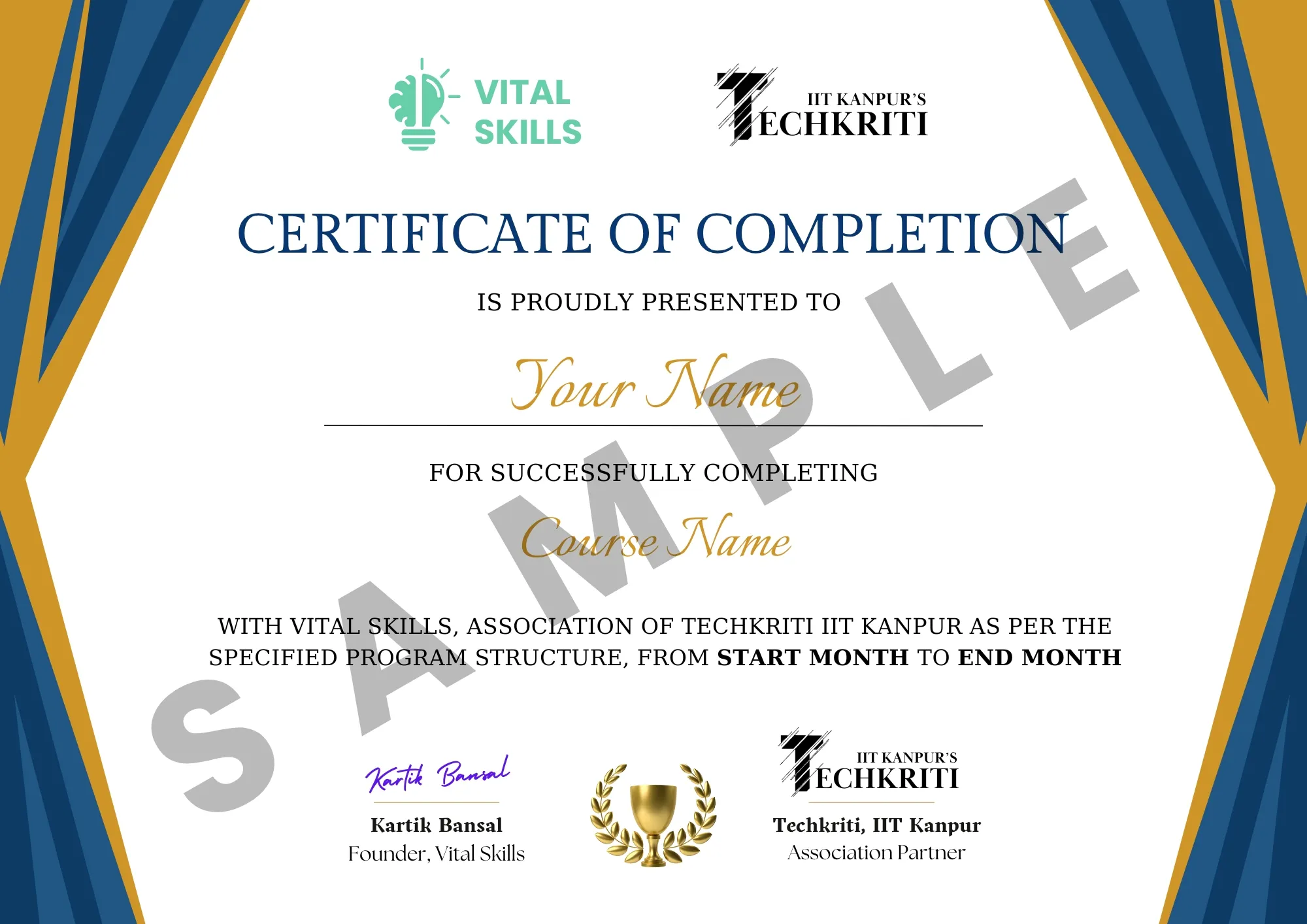12810 Happy Students Already Enrolled
Certified by Techkriti IIT Kanpur
Instant Lifetime Access After Payment
Get 2 Months Internship Certificate
Join Our Certified Summer Internship Program in Association with Techkriti IIT KANPUR
in Just ₹7499/- ₹599/-
Heavy Savings!
Note: By Default Data Science is Selected.
To Choose a different course, click on the new course and then de-select Data Science.
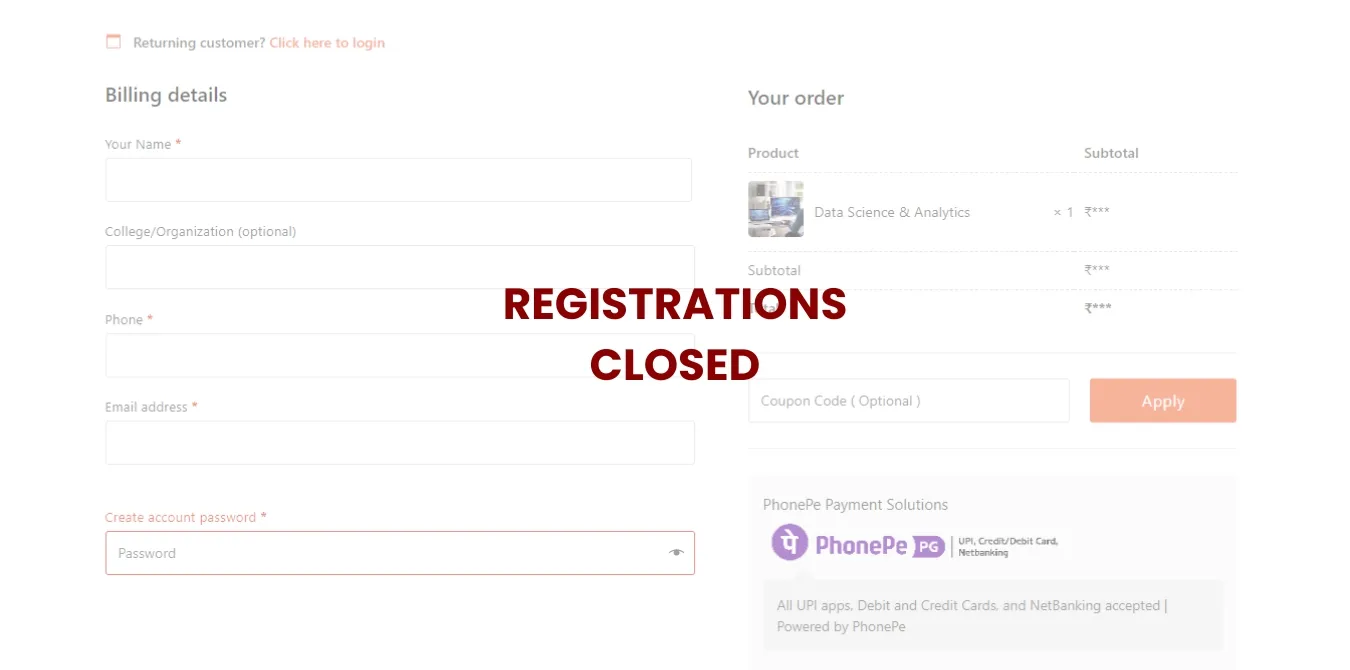
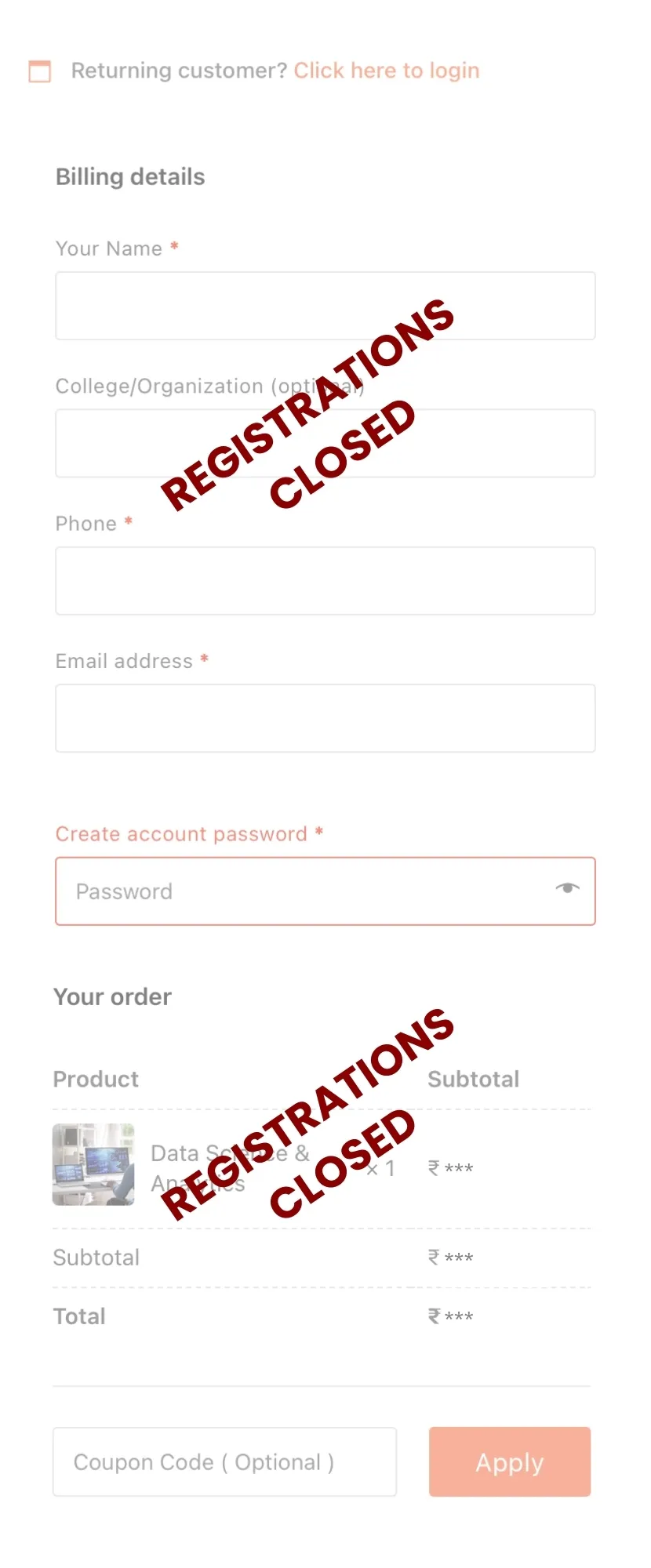
Fair Warning! If You Miss This Offer, You Will:


Always Remain in Doubt About Your Skills

Will Have to Research & Find Content Online

Not Be Able to Get Certified for Your Skills

Not Know About the Industry Standards
Still Confused? Watch A Demo Lecture!
View Course Curriculums & Demo Lectures
Manifestation of Your Commitment
Supercharge Your CV by Certification and Internship Letter


Take these steps in your learning journey with us now!
Secure Your Techkriti IIT Kanpur Certification in 4 Simple Steps
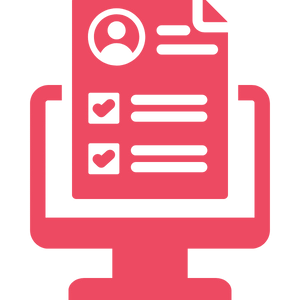
Enroll
Enroll in the Summer Internship Program by Completing the checkout Process.

Start Learning
Access Your Course Instantly and start learning at your convenience.

Get Certificates
When you are done, download your certificate from Techkriti IIT Kanpur and Vital Skills.

Get Project Letter
After that make a project, based on your learning, submit it and get your project letter.
Deal of a Lifetime: Grab It While You Can!
What You Get
Practical Working Downloadable Project with Complete Video Demonstration
Access to Vital Skills’ Premium Placement Officer Group With Latest Regular Job Opportunities
Regular Price
₹ 500/-
Summer Internship Offer

Frequently Asked Questions
You can join Our Summer Training Program which is in association with Techkriti IIT Kanpur by filling the form on this page and then completing the payment process.
You will get total 3 Certificates:
1. Course Completion Certificate from Vital Skills.
2. Certificate from Techkriti IIT Kanpur.
3. Project Internship Letter
PLEASE NOTE – Only Certificate of completion is included with Add-On Courses (Excel Mastery, Email Formatting & LinkedIn 360).
If you also wish to get Internship Certificate for these skills, please join Career Readiness Mastery Course
(Project Letter is not included with Add-Ons or Career Readiness Mastery)
Yes Of course, you can share your certificates on LinkedIn and also tag us on your posts.
Yes this is an Online Program.
These are pre-recorded and self-placed lectures. So that you can learn anytime and anywhere you want at your own convenience.
Yes projects are taught at the end of each course.
The project files are also available for download.
PLEASE NOTE: Projects are not included with add-ons: Excel Mastery, Email Formatting & LinkedIn 360.
Yes! Other than the huge discount offer (₹7,499 ₹599), we have more discount coupons and combos for you:
1. Full Stack Development Using MERN – ₹950/- Only
2. Special Combo (Machine Learning + Python Programming) – ₹950/- Only
3. Special Combo (Data Science + Python Programming) – ₹950/- Only
4. Super Combo (Data Science + Machine Learning) – ₹950/- Only
5. Special Combo (Front-End Development + UI/UX Development) – ₹950/- Only
6. Ultimate Deal – ALL COURSES – ₹2999/- Only
You can also use these discount coupons if you like:
Buy 2 Courses and use the coupon code – SMART and get FLAT ₹170/- OFF!
Buy 3 Courses and use the coupon code – SUPERSMART and get FLAT ₹345/- OFF!
As these are self-placed / pre-recorded lectures, our professional trainers have tried to solve all the doubts in the lectures itself.
So, there is no additional doubt forum.
You can Call/WhatsApp us on:
+91 87 9977 6244
Or You can E-mail us on:
info@vitalskills.in
In case you have made a duplicate payment or enrolled in the wrong course by mistake, then you can contact us on the details given below.
We will assist you in changing your course or refunding your duplicate payment.
You can Call/WhatsApp us on:
+91 87 9977 6244
Or You can E-mail us on:
info@vitalskills.in
Please note that refund will only be made in case of a duplicate payment.







